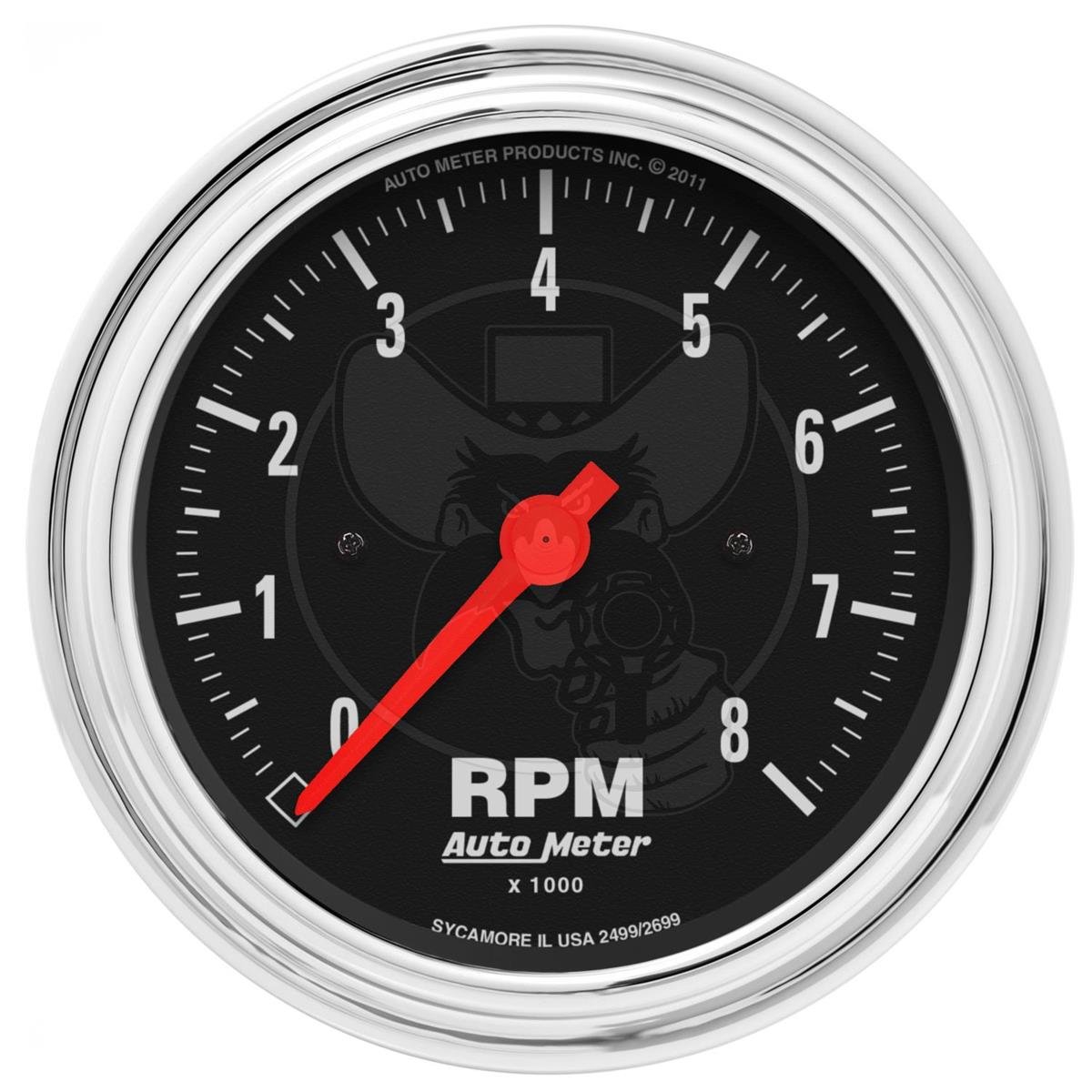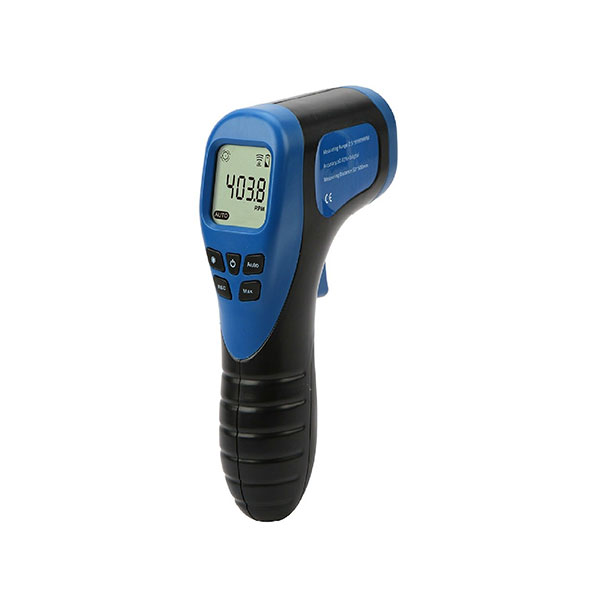Comprehensive Overview to Understanding and Using a Tachometer Successfully
Comprehensive Overview to Understanding and Using a Tachometer Successfully
Blog Article
Exploring the Features and Advantages of a Tachometer: A Comprehensive Overview for Automobile Lovers
From providing real-time information on engine rate to aiding in optimizing equipment shifts, the tachometer serves as even more than just a dial on the dashboard. Its complex functions not only boost driving experience however also play a pivotal duty in preserving engine health and performance.
Comprehending the Basics of a Tachometer
In the world of vehicle instrumentation, understanding the essentials of a tachometer is necessary for any car lover wanting to explore the ins and outs of engine performance tracking. A tachometer, frequently presented on the dashboard of a lorry, determines the engine's changes per minute (RPM) This crucial tool provides real-time information on just how quick the engine crankshaft is revolving. By keeping an eye on the RPM, drivers can ensure they are running within the optimal array to optimize performance and effectiveness.
Tachometers normally have actually a scale marked in changes per min, with a redline suggesting the optimum rate at which the engine can safely run (tachometer). This information is essential for avoiding engine damage and optimizing gear moving for manual transmissions. Furthermore, tachometers can help in detecting engine problems such as misfires or a failing ignition system by identifying uneven RPM readings
Significance of Keeping An Eye On Engine Rate

Keeping an eye on engine rate is an important element of car maintenance and efficiency optimization for vehicle lovers and professionals alike. The engine rate, determined in revolutions per min (RPM), suggests how quickly the engine's crankshaft is turning. By keeping a close eye on the RPM, vehicle drivers can make sure that the engine is operating within the optimum variety, preventing possible damage from over-revving or delaying. Keeping track of engine rate is particularly essential throughout gear changes, as it helps vehicle drivers identify the correct time to alter equipments for smooth acceleration and reliable fuel intake.
Additionally, tracking engine speed can additionally provide useful understandings into the general wellness of the vehicle. Unusual changes in RPM might show issues such as a stopped up air filter, gas system troubles, or perhaps engine misfires. By finding these problems at an early stage with the tachometer analyses, vehicle drivers can address potential problems immediately, protecting against more severe damage and expensive repair services down the line. Generally, checking engine rate with a tachometer is a fundamental practice that can enhance driving performance, prolong engine life, and guarantee a safer and much more pleasurable driving experience.
Enhancing Performance Through Equipment Shifts
Proper equipment changing makes sure that the engine operates within its optimum power band, enabling for smooth velocity and improved gas economic climate. When changing gears, it is essential to pay Source focus to the engine speed showed on the tachometer.

To attain peak performance through gear shifts, motorists should practice smooth and timely shifts between equipments, matching engine rate with roadway speed to harness the full potential of their car's powertrain.
Optimizing Performance With a Tachometer
Mastering the art of gear shifting in high-performance vehicles not only enhances driving experience but also plays a vital function in making best use of Visit This Link efficiency with a tachometer. tachometer. By paying attention to the tachometer readings, drivers can optimize their equipment changes to run within the engine's most effective variety. When speeding up, shifting gears at the right RPM indicated by the tachometer can prevent the engine from straining or underperforming, bring about boosted gas effectiveness and general performance
In addition, a tachometer aids motorists stay clear of unneeded revving, which not only squanders fuel yet likewise puts unnecessary stress on the engine. Regularly keeping track of the tachometer while driving permits smoother equipment shifts, decreasing wear and tear on the transmission system with time.

Advanced Tips for Tachometer Utilization
To delve into innovative ideas for tachometer application, consider integrating the use of shift lights. Change lights are aesthetic indications that brighten when it's time to shift equipments based on engine changes per min (RPM), enabling for seamless gear adjustments without frequently checking the tachometer. By fine-tuning change points and setting warning limits, motorists can enhance acceleration and engine efficiency while lessening the danger of over-revving.
Conclusion
Finally, the tachometer works as a vital tool for car fanatics to keep an eye on engine speed, boost efficiency through equipment shifts, and optimize efficiency. By recognizing the features and benefits of a tachometer, vehicle drivers can enhance their driving experience and prolong the life expectancy of their car. Making use of sophisticated tips for tachometer use can even more boost driving skills and total performance when driving.
Report this page